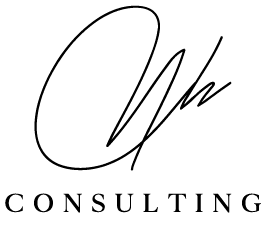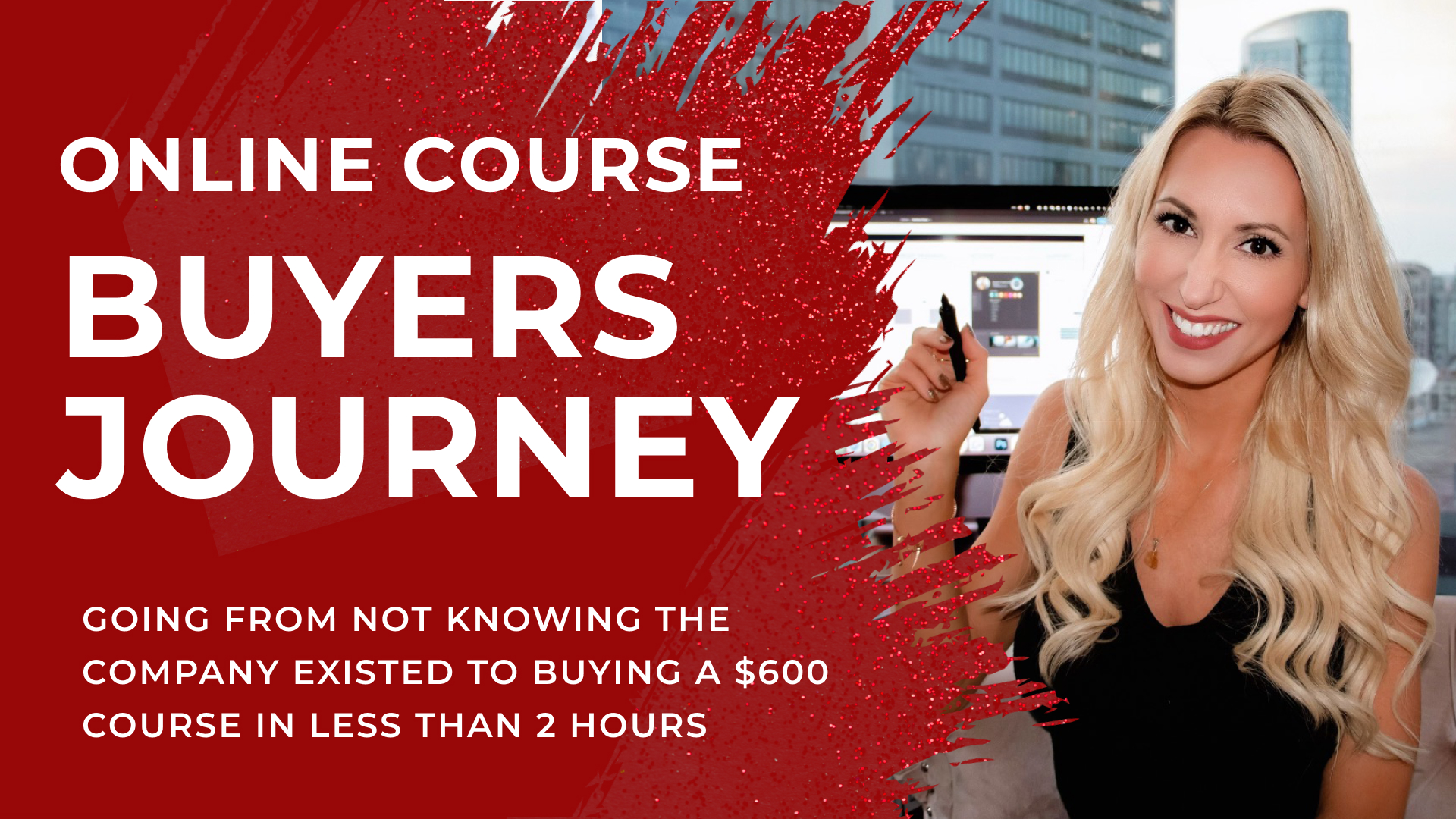What differentiates courses that are a massive success and those that struggle to make just a few sales?
It all comes down to really understanding the purpose of a course and structuring it in a specific way that supports that purpose.
We’re going to accomplish this by using a simple framework called the Result Centered Training FormulaTM that turns a disorganized mess of information into a strategically structured online course that people are dying to access.
The great thing about this framework is that it doesn’t matter what type of industry you’re in or whether you’re an expert course creator or a complete newbie because it’s designed around the psychology of learning and basic human behavior and motivation.
In addition to ensuring your course is structured the right way, the other big benefit of following this framework is that it naturally makes the process of getting everything out of your head and organized into a systematic format so much faster.
So to begin, let’s reiterate the main purpose of your course…
“The main purpose of a course is to expedite the process of getting your customers from where they are to where they want to be.”
You’re delivering a result that makes a positive change in your customer’s life. With that in mind, we can move on to the steps of the Result Centered Training FormulaTM.

Step 1: IDENTIFY YOUR CUSTOMERS STARTING POINT
This is your customer’s current reality. The only reason someone would purchase a course is to solve a problem they are currently facing or if they believe it will improve their life in some way. Therefore, your first step is to identify their current pain-points.
Step 2: IDENTIFY THE RESULT YOUR CUSTOMERS WANT TO ACHIEVE
This is basically the “promised land” or the main goal of your course. It could be anything from having a happier marriage, starting a successful business, becoming an amazing public speaker, or achieving their ideal body weight.
Let’s look at a few examples…
When you know what your customer’s end goal really is, it allows you to design a course that will catch their attention, solve a real need, and turn them into a customer.
Now that we know where they are and what results they want to achieve, we can create the map for getting there.
Step 3: IDENTIFY THE ACTIONS YOUR CUSTOMERS NEED TO TAKE TO REACH THE END RESULT
This is where transformation happens.
And this is where people usually mess up with creating their course. Most people start to ask themselves, “What’s everything I know about this topic that I can teach my customers?”
But the last thing that people want is MORE information.
We’re already completely inundated with it. So the big mistake course creators make is that they start filling in their course with all this content, and information about anything and everything they possibly know about the topic and it becomes this overinflated encyclopedia that leads to information overwhelm and their customers still don’t do what’s needed in order to reach the DESIRED RESULT.
That’s why you shouldn’t be structuring your course around information, it should be structured around the ACTIONS our customers need to take in order to get them to where they want to be.
These core actions become your course modules.
Step 4: IDENTIFY THE INFORMATION YOUR CUSTOMERS NEED TO KNOW IN ORDER TO TAKE THE REQUIRED ACTIONS.

From there, we can determine what your customers need to know in order to complete these actions and ONLY that information should be included within your course.
Repeat after me… more is not better.
In fact, including too much unnecessary content is one of the biggest reasons courses fail.
When there’s too much information without a clear structure your customers feel overwhelmed and confused …
When they’re overwhelmed they don’t take action …
When there’s no action there are no results and your course doesn’t deliver on its promise …
When there are no results there are no referrals and no repeat customers.
In contrast, the people who produce the most successful online courses understand that people are willing to pay premium prices for a program that teaches a clear systematic process for getting the result they want.
But there’s another big piece of the puzzle.
Not only do you need to structure your course the right way, you also have to get your customers to consume the content and implement what you teach.
And this is what leads us to the last three steps of the Result Centered Training FormulaTM.
These are the steps that transform your course from just another information product to a premium flagship course.

Step 5: IGNITE ACTION
As we discussed before, the most successful online courses have a track record for producing results. But the only way your customers even have the chance of reaching those results is if they implement what you teach.
Therefore, it’s extremely important to include resources that make taking action easier such as worksheets, checklists, cheat sheets, and step-by-step guides.
Step 6: BUILD IN STICK STRATEGIES
When we’re first confronted with new information it reaches short term memory. In order to move that information into long-term memory so we really LEARN it, we need to be given the opportunity to retrieve, review and reflect on it.
There are a lot of ways you can incorporate this within your course but here are just a few…
- Providing quizzes at the end of each module
- Giving users assignments to complete before being able to move on to the next module
- Weekly live q&a sessions
- Weekly live q&a sessions
- Mini mastermind groups
- Reflection questions posted in the private Facebook group or members forum
Step 7: INCORPORATE ENGAGEMENT AMPLIFIERS
This is my favorite part and one of the most important. These components are ways you can drastically increase the likelihood that your users consume the content, follow-through and interact with other members.
Just because someone purchases your course doesn’t mean they are actually going to complete it. A study in the December 8 issue of Educause Review Online (ERO) by Harvard University researcher, Justin Reich, reveals that completion rates of online courses range, between 2 and 10 percent. If you take into account whether or not they intended to complete the course to begin with, the completion rate raises to 22 percent – still not something to brag about.
Although we can’t force someone to do something, as a course creator it’s your job to incorporate as many elements as you can to increase the likelihood that your customers will follow through. Obviously, if they don’t even consume the content there’s no way they can implement what they learned and there will be no results.
Engagement amplifiers tap into basic human psychology to increase motivation, follow-through, and results. Here are just a few engagement amplifiers you can include in your course…
- Badges for completing activities, lessons or courses
- Points Awarded
- Leaderboards
- Private Facebook group
- Bonuses for reaching a certain number of points.
- Graduation bonuses – (only available after they complete the course)
- Course Progress tracking
- Profiles
- Contests
- Public Recognition
- And the most important – building a community! I can’t stress how powerful this one is.
So there you have it – A 7-step process to get everything out of your head and into a well structured online course that will set you apart from all the competition.








